Appearances
Unlocking Learning: The Power of Debriefing
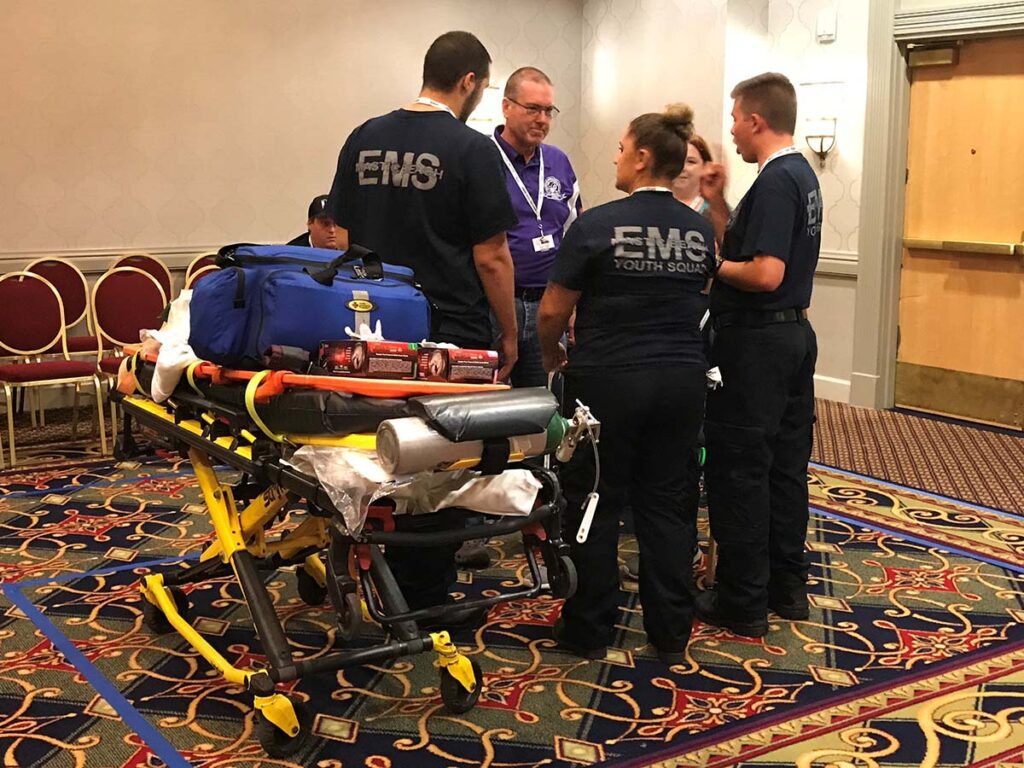
Have you ever wondered why some people seem to navigate through life’s experiences effortlessly, while others stumble through, seemingly learning nothing? As a firefighter and paramedic, I’ve come to understand that true learning and growth don’t just happen during the experience itself but in the reflection that follows.
In my latest article, published on JEMS.com, I delve into the concept of learning through reflection, particularly focusing on the powerful tool of debriefing. Whether you’re an educator, clinician, leader, or simply someone seeking personal development, understanding the art of debriefing can be transformative.
Debriefing isn’t just about recounting what happened; it’s a structured and facilitated process that occurs after the event, allowing individuals to extract meaningful insights and lessons. It’s about creating a safe space for reflection, where participants can explore their experiences, both successes, and failures, and distill key learnings for future growth.
In the article, I provide a simple framework for effective debriefing, emphasizing its structured and student-centered nature. By following these guidelines, you can enhance the quality of your debriefing sessions and facilitate deeper learning and understanding.
One misconception about debriefing is that it’s overly formal and reserved for high-stakes scenarios. However, as I highlight in the article, debriefing can be applied in various contexts, from high-fidelity simulations to everyday classroom or real-world experiences.
Drawing inspiration from historical teaching methods, I reflect on how debriefing contrasts with traditional approaches focused solely on information transfer. By encouraging active participation and reflection, debriefing aligns with the principles of experiential learning, allowing individuals to learn not just from instruction but from their own experiences and interactions.
So, whether you’re leading a team, guiding students, or seeking personal growth, I invite you to explore the transformative power of debriefing. Together, let’s unlock the potential for deeper learning and development through reflection.
Read the full article HERE. Join the conversation and discover how debriefing can elevate your learning journey.
In the meantime, here’s my interview with Dr. Ted Lee on the topic.
The Strength in Us.
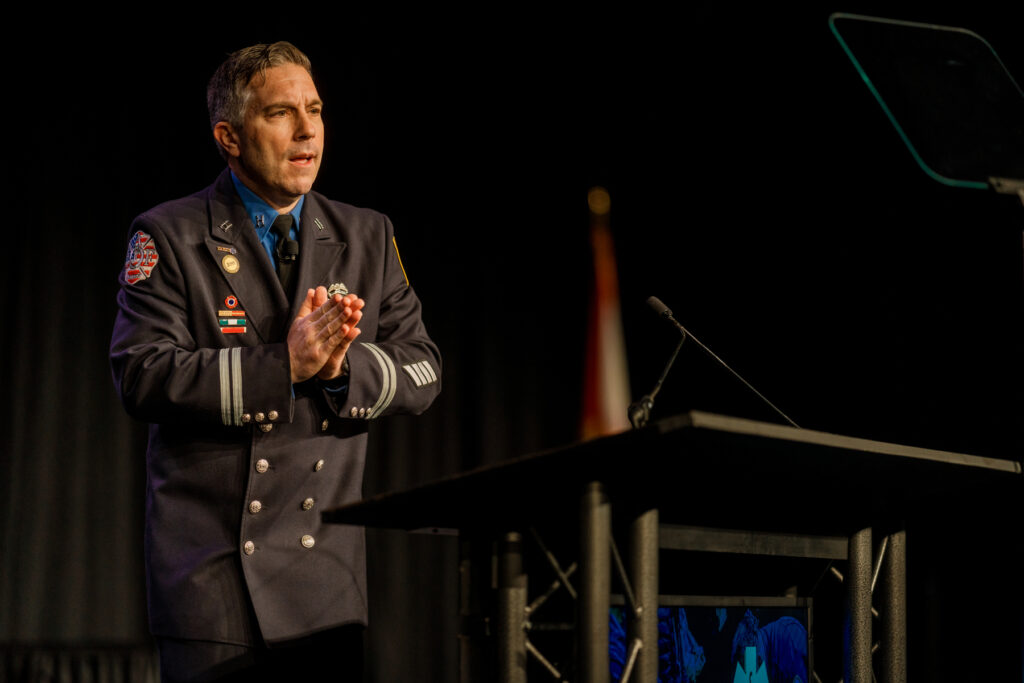
It should be no surprise that emergency responders continue to step-up to keep our communities safe even through increasingly challenging events. Wildfires. Monster storms. Protests and pandemics. We get the job done.
At the last major conference at which I spoke, I was able to deliver a keynote presentation that I am not only proud of, I believe captures the very ESSENCE of emergency services more now than it did when I first gave it.
Watch The Strength In Us: How EMS Gets The Job Done!
The keynote itself is only about 20 minutes long, even though it took a year to write. I still think back on it occasionally to remind myself why I’m here, and why it is important for us to keep doing what we’re doing, despite the difficulties.
If you get a chance to take a look, I hope it means something to you too.
In the meantime, stay strong, stay safe, take care of yourself, but know that you’re not alone.
-Rommie L. Duckworth
COVID-19 Impact on Emergency Services Education
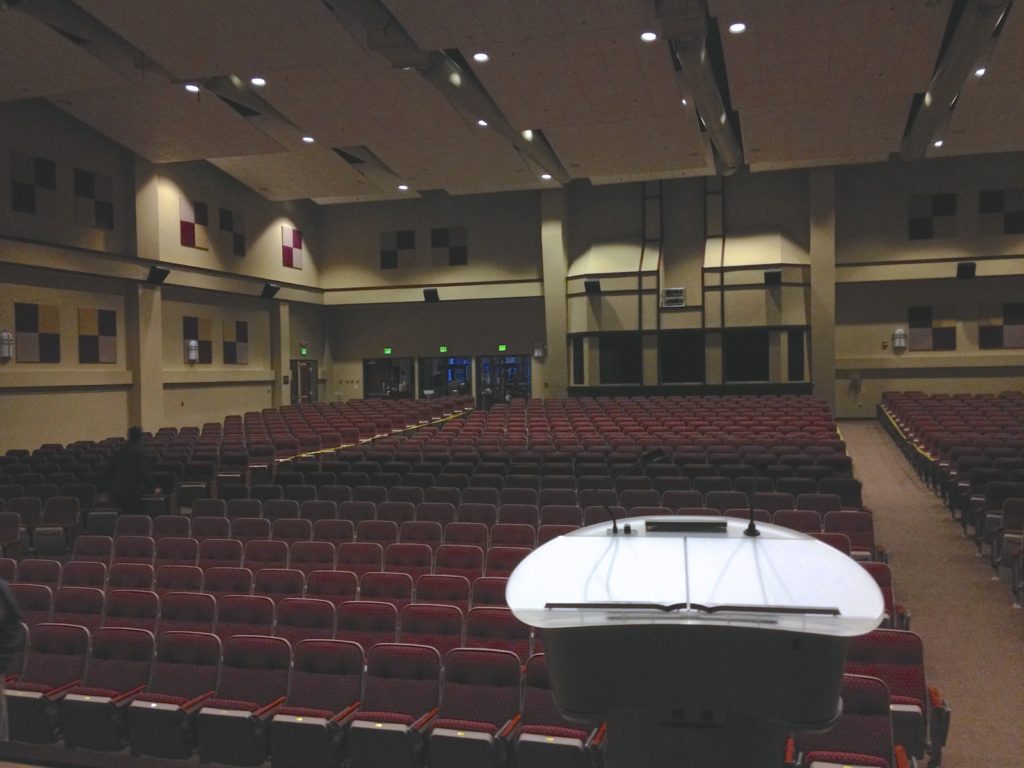
COVID-19 has had an impact on everyone’s life, especially the daily work of medical providers and emergency responders. Long hours, extra work, equipment shortages and changing procedures add tremendous stress to emergency response systems and, more importantly, individual emergency responders.
As someone who not only works in emergency response but regularly teaches at large gatherings, I’m seeing many local, regional, and even national education events being canceled or rescheduled. This unfortunate, but necessary consequence of the spread of COVID-19 has lead many to ask if there will be a permanent change to the way emergency response education is delivered.
Are conferences as we know them a thing of the past? Are we no longer doing training drills together? Is all education going online?
While I believe that there is tremendous value in the availability, convenience, and now safety of online training, webinars, podcasts, and the like, there will always be a role for emergency responders to gather together to interact face-to-face. Online formats often lend themselves to better TRANSFER of knowledge, but direct interaction, such as at drills, classes, and conferences, can lead to better APPLICATION of that knowledge. Of course, it depends on the individual classes, educators, and students, but I strongly believe that there is no substitute for the non-verbal communication and human interaction that helps us understand how to improve our performance and the performance of the systems in which we work.
I certainly hope that the increased awareness of common sanitary protections that COVID-19 has raised (like improved hand-washing, increased use of sanitizer, and a decrease in the practice of licking one’s hand before handshakes) will continue long after we emerge from our homes into the Summer sun. There are lessons of preparedness and the importance of supporting emergency response systems that I hope are not forgotten by our leaders and the public in general.
The COVID-19 problem will test, but not break our emergency responders. Things will have to change for a while, and emergency services will do what we need to, as we always do. And when it is safe to do so, we’ll gather together to support each other, share lessons learned, and most importantly help each other prepare for whatever the next challenge is. Because that’s how we get the job done.
JEMS Publishes National Association of EMS Educators (NAEMSE) Position Paper Calling for Better Sepsis Education for EMS
National Association of EMS Educators (NAEMSE) Position Paper Calls for More Consistent and Improved Sepsis Education for EMS
I was very fortunate to have the opportunity to be the lead author on the National Association of EMS Educators (NAEMSE) Position Paper On Sepsis Education Standards For EMS with Dr. Chris Nollette, Dr. Bill Reynovich, and Kevin Collopy.
As a member of the Advisory Board for the Sepsis Alliance I get the opportunity to voice my opinion as an EMS provider on sepsis clinical recommendations, resources, and education materials intended for all members of the continuum of care. It’s a chance not only to improve care for victims of sepsis and their families, but also to raise awareness of the clinical and professional capabilities of prehospital care providers.
As the project progressed, I learned a ton from my co-authors. They were very generous with their expertise. Their insistence on asking me tough questions and challenging my thought process made me a better writer, evaluator of research, and in the end I think a better clinician.
I hope you take a look at this paper. It’s not that long. I hope it adds to your knowledge and understanding not only of sepsis, and the importance of continually evaluating needs in EMS (and indeed in all) clinical education.
Thanks to Ryan Kelly and AJ Heightman of Journal of Emergency Medical Services (JEMS) for publishing it.
On The Road in 2017!
I’m on the road quite a bit in 2017. Will you be at one of these events?
If I’m in your neck of the woods or you happen to find yourself in one of the following areas, stop by and say hi!
Speaking Engagements:
January 27, 2017: WEMSA Working Together Conference, Milwaukee, Wisconsin
January 29, 2017: National Fire Academy EMS Quality Management Program, Emmitsburg, Maryland
February 22, 2017: EMS Today, Salt Lake City, Utah
March 4, 2017: Southeastern Extrication School, Hartsville, South Carolina
March 31st, 2017: Maryland Fire Rescue Institute Professional Development in Service, College Park, Maryland
April 19, 2017: Ridgefield Fire Department EMS Symposium, Ridgefield, Connecticut
April 25, 2017: FDIC Fire Department Instructors Conference, Indianapolis, Indiana
May 20, 2017: IAFC Fire Rescue Med Conference, Henderson, Nevada
June 9, 2017: Louisiana Association of Nationally Registered Emergency Medical Technicians Conference, Houma, Louisiana
July 26, 2017: Missouri EMS Conference & Expo, Branson, Missouri
And, of course, I teach regularly at the Ridgefield Fire Department and the New Fairfield Volunteer Fire Department.
Additional dates posted on the calendar at the right—>
I hope to see you there.
Say hi on Twitter @romduck !
AND Controversies in Fire and EMS: Reading Past the Headlines
Lately it seems the people of been more attracted to headline controversies than real conversations. It’s understandable in a way. If someone wants to be the center of attention, one of the easiest ways is to say something controversial. Someone is sure to refute what you’ve said, and soon a crowd gathers.
While I don’t expect to have much of an effect on this in the big picture, I hope to contribute in some way at least in emergency services to reduce the “this vs. that” mentality that often polarizes people who, if they talk it out, would find that their fundamental positions are not actually that far apart. This is true whether you’re talking in the fire service about transitional attack and through the front door or straight stream and solid stream, or in EMS about air and ground transport, or intubation and BVM. The list goes on and on.
Did you see what I did there? I simply replaced the “VS” which automatically demands that people consider no additional options, choose only one side or the other, and implies that one side wins and one side loses. I replaced it with “AND” which opens up the possibility of having a conversation about these topics and probably more. A simple change to “AND” lets us take a look at the pros and cons of each element of the conversation and, hopefully, look past the headlines that promote them so that we can consider real information and, hopefully, move towards real solutions.
It’s a lot to ask for people to try to do this and the rest of their lives. Some people say that human beings have a natural inclination to gather around conflict shouting “FIGHT! FIGHT! FIGHT!”. That may be true for a lot of people, but I believe that emergency responders are the kind of people who would show up to stop a bully or break up a fight.
Headlines and controversies can be fun to read and sometimes even spark a good debate, but they are like candy. Great now and again, but if it’s all you live off your going to get sick.
On The Road
As the Autumn leaves start to curl here in New England, I’m setting my travel for the rest of the year, into late 2017. Will you be at one of these events?
If I’m in your neck of the woods or you happen to find yourself in one of the following areas, stop by and say hi!
Speaking Engagements:
September 7, 2016: National Fire Academy Executive Fire Officer Program Symposium, Emmitsburg, Maryland
September 12, 2016: Delaware Volunteer Firefighters Association Annual Conference, Dover, Delaware
September 30, 2016: New York State Volunteer Ambulance and Rescue Association Pulse Check Conference, Albany, New York
October 3, 2016: Connecticut Fire Academy Rescue Week, Windsor Locks, Connecticut
October 5, 2016: EMS World Expo, New Orleans, Louisiana
November 2, 2016: Olathe Fire Department EMS Symposium, Olathe, Kansas
December 3, 2016: Duckworth Annual Christmas Party, Sherman, Connecticut
January 27, 2017: WEMSA Working Together Conference, Milwaukee, Wisconsin
January 29, 2017: National Fire Academy EMS Quality Management Program, Emmitsburg, Maryland
February 22, 2017: EMS Today, Salt Lake City, Utah
March 4, 2017: Southeastern Extrication School, Hartsville, South Carolina
March 31st, 2017: Maryland Fire Rescue Institute Professional Development in Service, College Park, Maryland
April 19, 2017: Ridgefield Fire Department EMS Symposium, Ridgefield, Connecticut
April 25, 2017: FDIC Fire Department Instructors Conference, Indianapolis, Indiana
May 20, 2017: IAFC Fire Rescue Med Conference, Henderson, Nevada
June 9, 2017: Louisiana Association of Nationally Registered Emergency Medical Technicians Conference, Houma, Louisiana
July 26, 2017: Missouri EMS Conference & Expo, Branson, Missouri
And, of course, I teach regularly at the Ridgefield Fire Department and the New Fairfield Volunteer Fire Department.
Additional dates posted on the calendar at the right—>
I hope to see you there.
Say hi on Twitter @romduck !
September 11th : Are We Honoring Their Memories?

Maybe The Question Should Not Be “Do you Remember September 11th?”, But Rather “How Do you Remember September 11th?”
But I get this creeping feeling.
That isn’t the way that I feel that memories are honored.
 How best to honor the memory of our fallen brothers and sisters?
How best to honor the memory of our fallen brothers and sisters?
It takes work.
SPECIAL INVITE: EMS providers in CT, NY, NJ: You’re invited to the 4th Annual Sepsis Heroes Gala in NYC free of charge
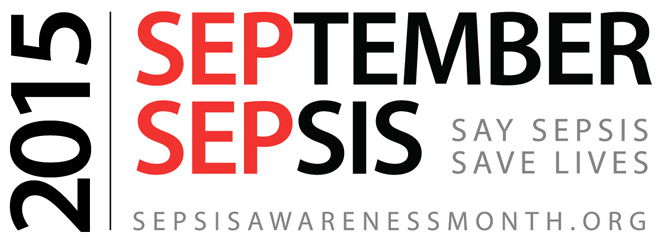
On September 17, 2015 at 7pm in New York City the 2015 Sepsis Hero awards will be presented. To recognize the special role that EMS providers play in emergency care for sepsis patients, the Sepsis Alliance would like to extend five free tickets to EMS providers interested in attending.
If you are interested, please email me for additional information.
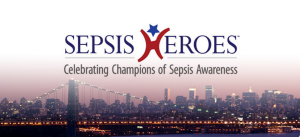 http://www.sepsis.org/sepsis_heroes/
http://www.sepsis.org/sepsis_heroes/
This year’s honorees are:
Kevin Tracey, MD – President and CEO of The Feinstein Institute for Medical Research, and President and Professor of the Elmezzi Graduate School of Molecular Medicine;
Sam Bass – The first officially licensed artist of NASCAR, and sepsis survivor;
Rom Duckworth – Emergency responder and award-winning educator;
Leo Araujo – Sepsis awareness advocate and founder of Fantastic Fun Day fundraising and awareness event;
Susan Irick – Sepsis survivor, nurse, and sepsis and pneumonia disease manager at Northeast Georgia Medical Center;
Carolinas HealthCare System – developed a Sepsis Collaborative to improve recognition of sepsis and reduce mortality.
Sepsis Heroes Keynote Speaker
Sepsis Alliance is pleased to have Leah Binder as the evening’s keynote speaker. Ms. Binder is President and CEO of The Leapfrog Group, a national nonprofit based in Washington, DC, representing employers and other purchasers of health care calling for improved safety and quality in hospitals.
Sepsis Heroes Sponsors
The Sepsis Heroes event could not be possible without the generous support of its sponsors. This year’s sponsors include Leading BioSciences, Cytosorbents, NASCAR, Wolters Kluwer Health, MSC, Intermountain Healthcare, Presence Health, Arena NYC, Checklist Boards, and Spike Out Sepsis.




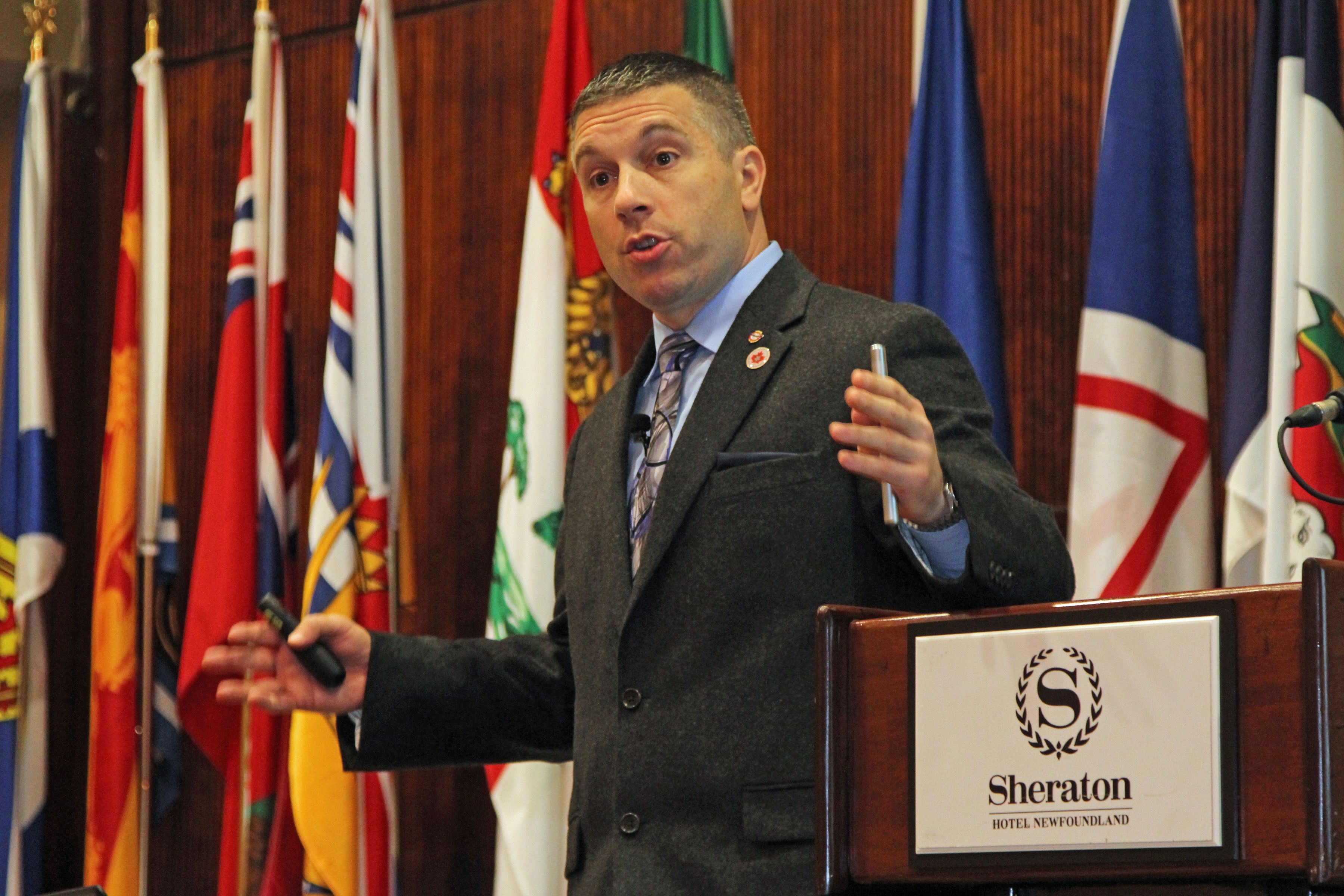



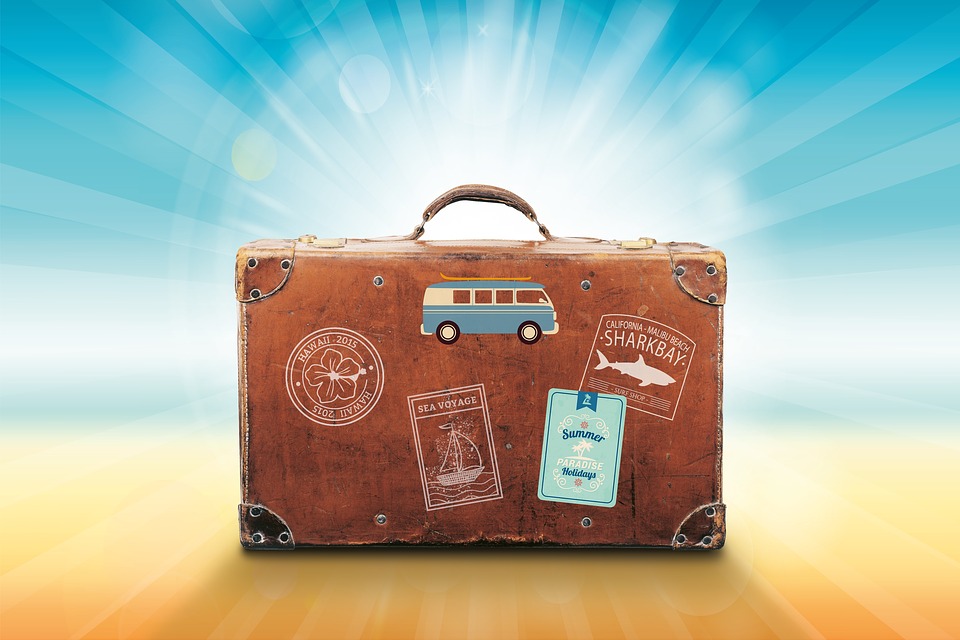
 Paranoid? Obsessive? Anal-retentive? Maybe? But it’s happened to me… TWICE!**
Paranoid? Obsessive? Anal-retentive? Maybe? But it’s happened to me… TWICE!** Once downstairs the polite young lady handed me off to the A/V people and the man who was introducing me at the podium. Several times they asked me if I would rather just cancel the session since I only had three minutes left to prep. Checking the connections to my laptop and booting up the first slide with a minute to go I thanked them for their concern, but I was ready to begin whenever they wished.
Once downstairs the polite young lady handed me off to the A/V people and the man who was introducing me at the podium. Several times they asked me if I would rather just cancel the session since I only had three minutes left to prep. Checking the connections to my laptop and booting up the first slide with a minute to go I thanked them for their concern, but I was ready to begin whenever they wished.



